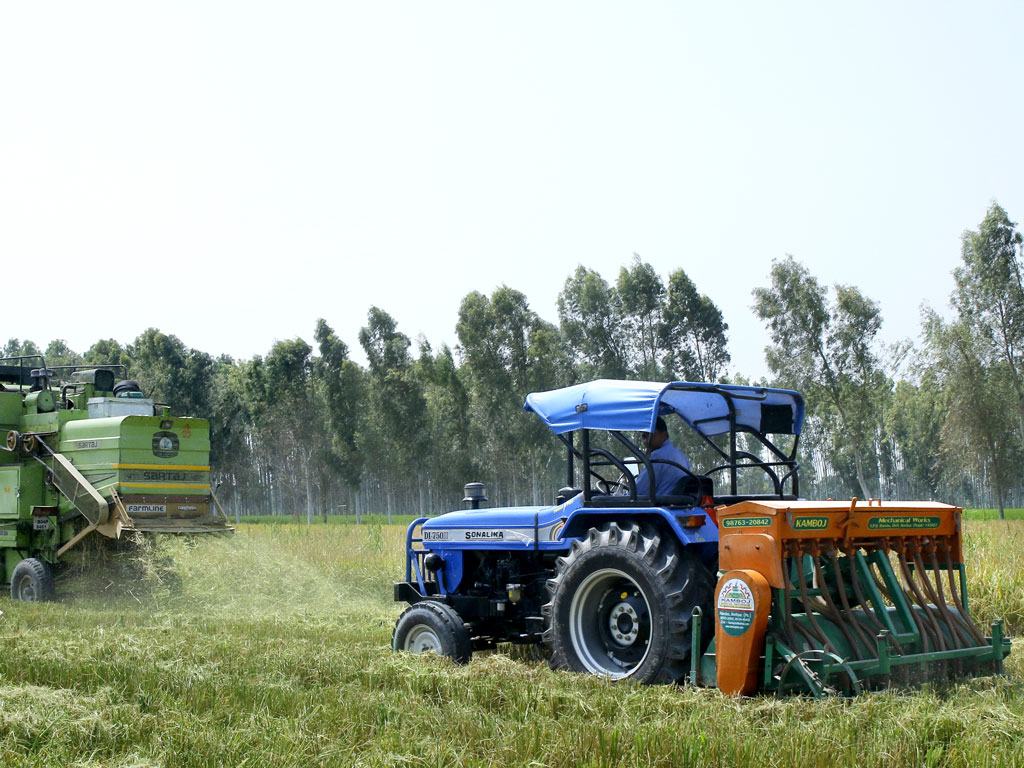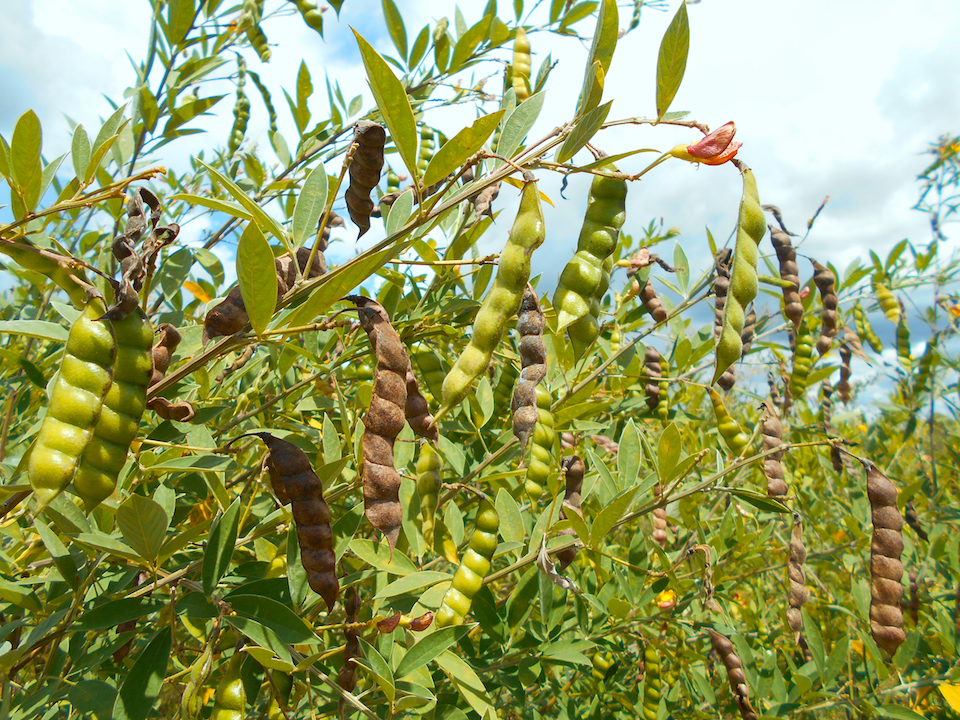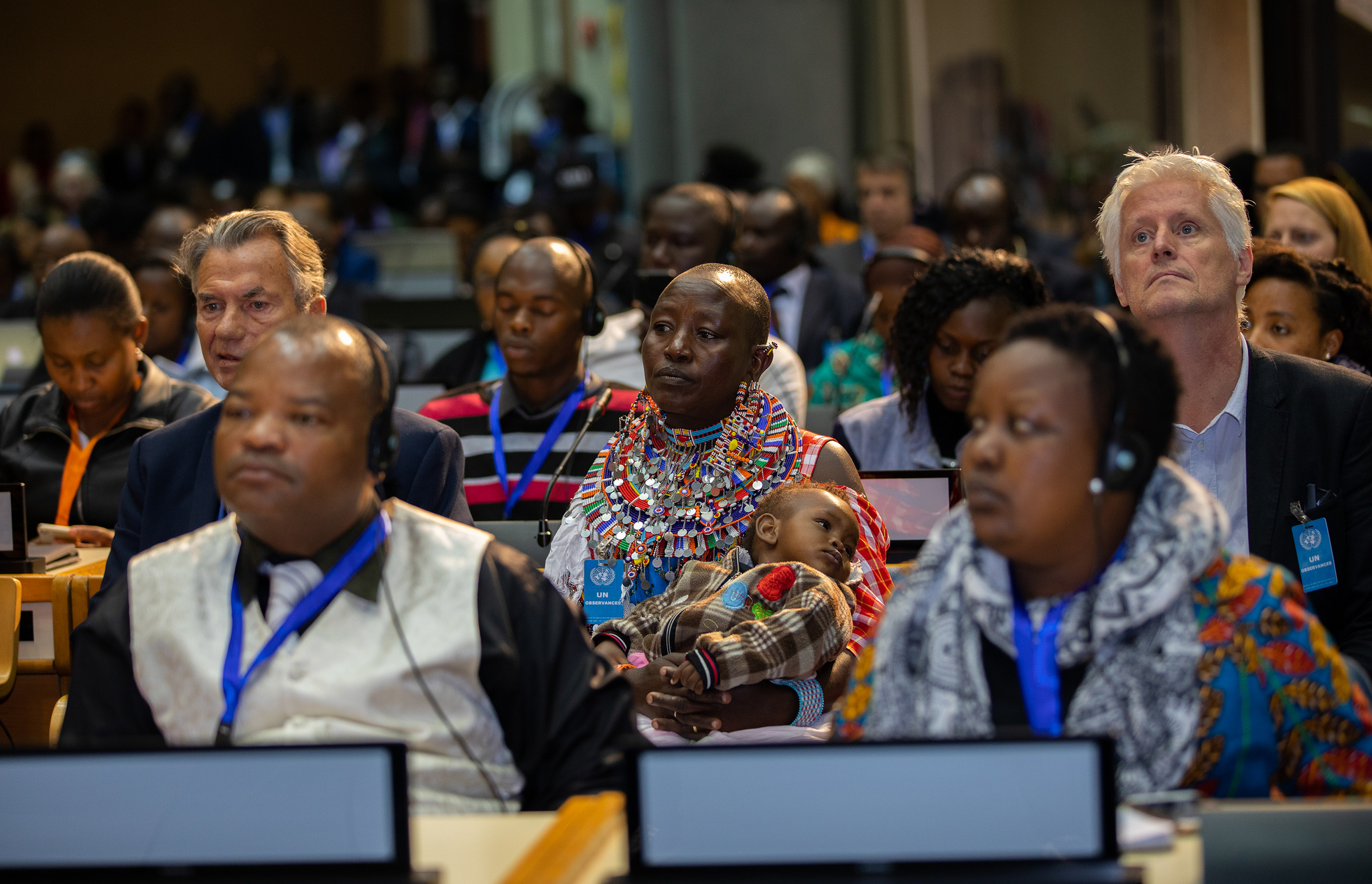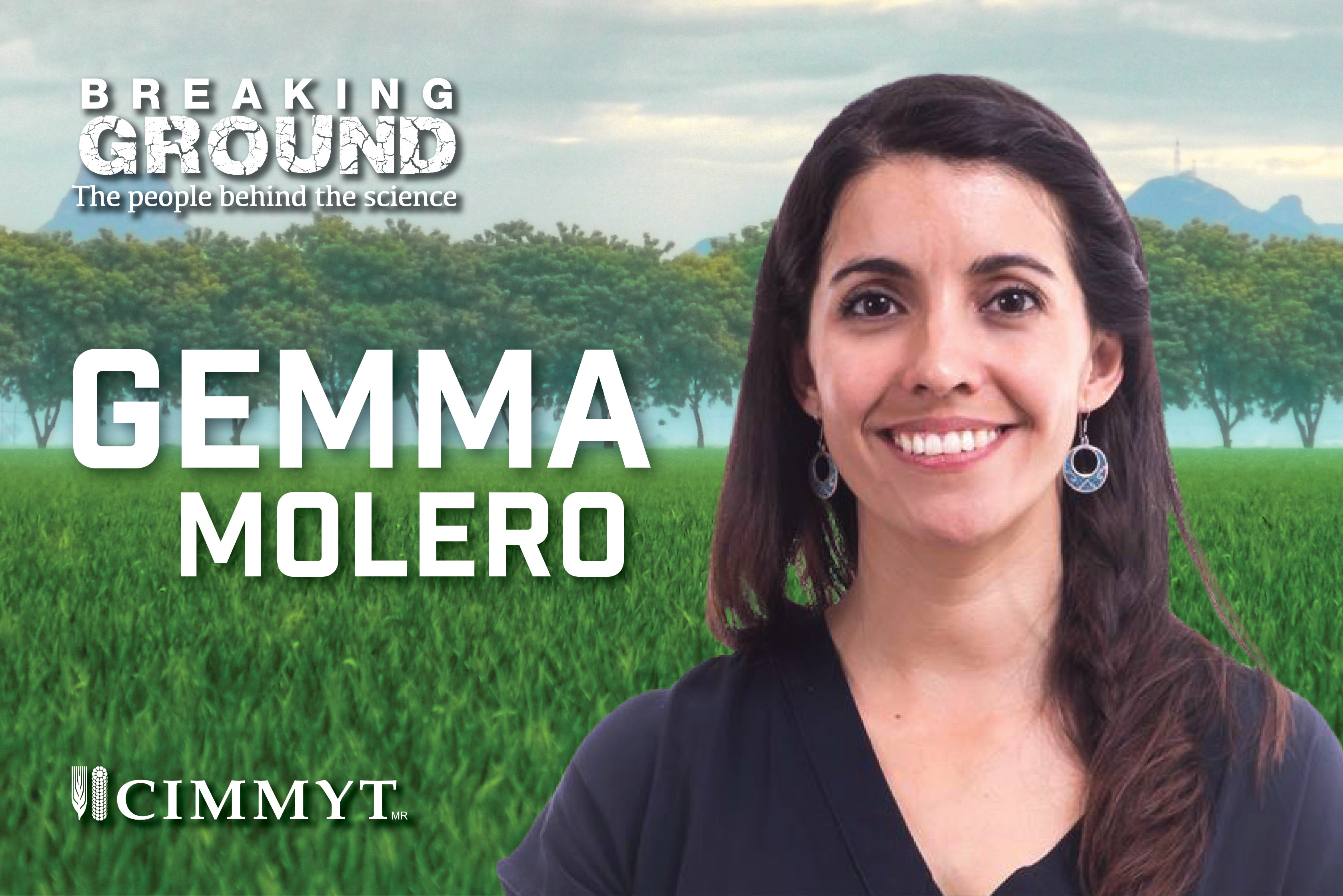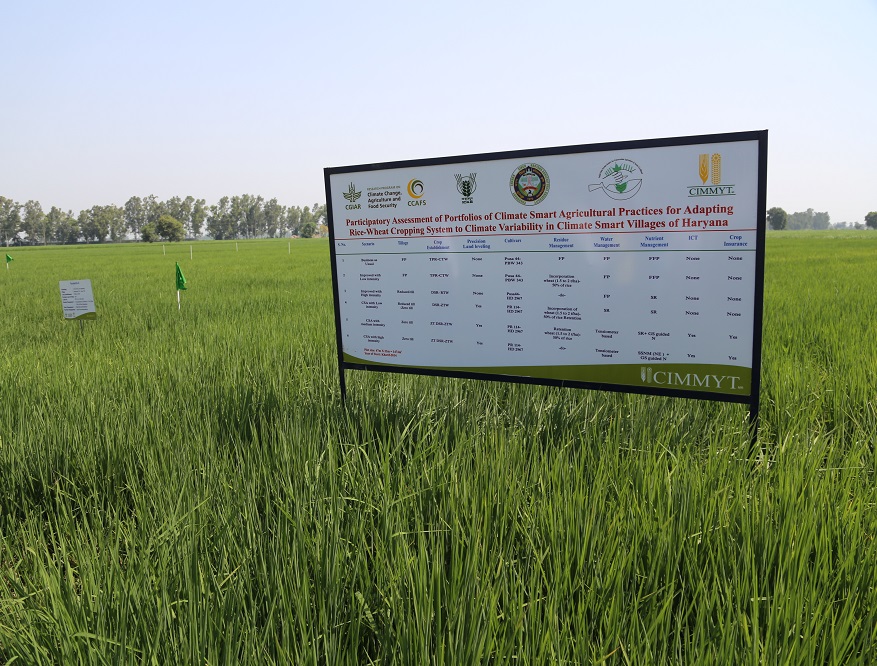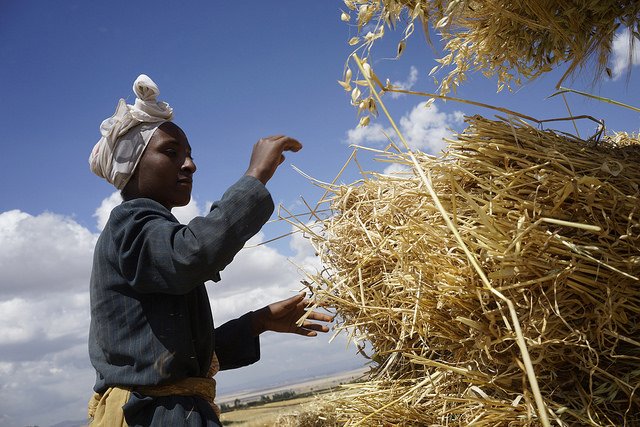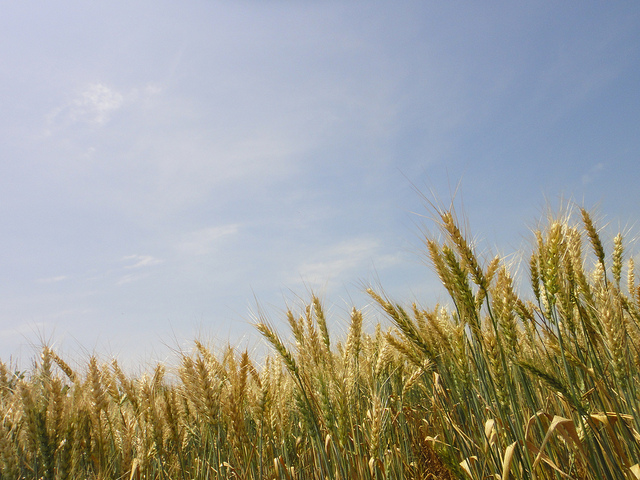Climate adaptation and mitigation
Climate change threatens to reduce global crop production, and poor people in tropical environments will be hit the hardest. More than 90% of CIMMYT’s work relates to climate change, helping farmers adapt to shocks while producing more food, and reduce emissions where possible. Innovations include new maize and wheat varieties that withstand drought, heat and pests; conservation agriculture; farming methods that save water and reduce the need for fertilizer; climate information services; and index-based insurance for farmers whose crops are damaged by bad weather. CIMMYT is an important contributor to the CGIAR Research Program on Climate Change, Agriculture and Food Security.
To feed the world, take the science to the farmer
 Climate adaptation and mitigation
Climate adaptation and mitigation
Experts discuss agricultural research and food security at the 2018 Borlaug Dialogue.
What is green manure? And how is it helping maize farmers?
 Climate adaptation and mitigation
Climate adaptation and mitigation
Ten farmers in a hot and dry area of Zimbabwe trial intercropping legumes and green manure cover crops alongside their maize, to assess their impact on soil fertility.
Towards more sustainable food systems through a landscape lens
 Climate adaptation and mitigation
Climate adaptation and mitigation
Participants in GLF Nairobi 2018 called for concrete collective action to restore degraded landscapes.
A Capacity Approach To Climate Change Modeling: Identifying Crop Management Adaptation Options
 Climate adaptation and mitigation
Climate adaptation and mitigation
Crop growth simulation models coupled with climate model projections are promoted and increasingly used for assessing impacts of climate change on crop yields and for informing crop-level adaptations.
Preserving native maize and culture in Mexico
 Climate adaptation and mitigation
Climate adaptation and mitigation
Indigenous farmers in Oaxaca are custodians of maize biodiversity, growing seeds passed down over generations.
“Layering” climate smart rice-wheat farming practices in India boosts benefits
 Climate adaptation and mitigation
Climate adaptation and mitigation
New scientific research into “layering” climate smart agriculture techniques shows promise, demonstrating the potential for crop adaptability to climate change.
Q+A with Iván Ortíz-Monasterio on nitrogen application and consequences
 Climate adaptation and mitigation
Climate adaptation and mitigation
In this interview, Iván Ortíz-Monasterio, expert on sustainable intensification and wheat crop management, discusses the overuse of nitrogen fertilizer and related consequences, his experience with farmers, and his outlook for the future.
Timothy J. Krupnik
 Climate adaptation and mitigation
Climate adaptation and mitigation
End of eight-year project leaves farmers ready to tackle climate change in Africa
 Climate adaptation and mitigation
Climate adaptation and mitigation
After eight years the Sustainable Intensification of Maize-Legume Cropping Systems for Food Security in Eastern and Southern Africa (SIMLESA) project concludes this June.
Scientists seek key to boost yields, ensure future food supply
 Climate adaptation and mitigation
Climate adaptation and mitigation
Crop genetic gains remain too low, and international scientists are making a concerted effort to determine how best to increase yields.
Science can reverse “new normal” of climate change-related disasters
 Climate adaptation and mitigation
Climate adaptation and mitigation
